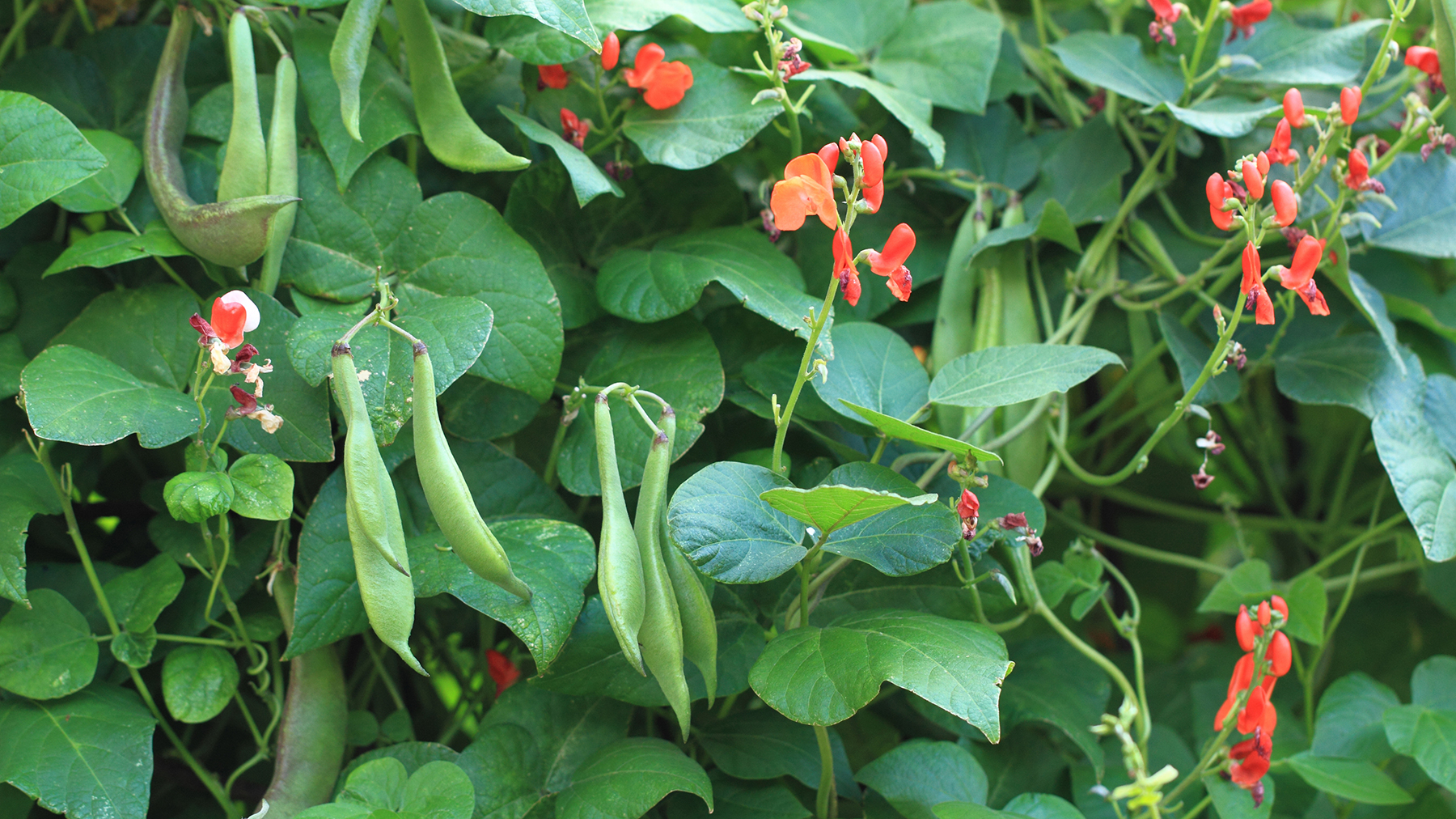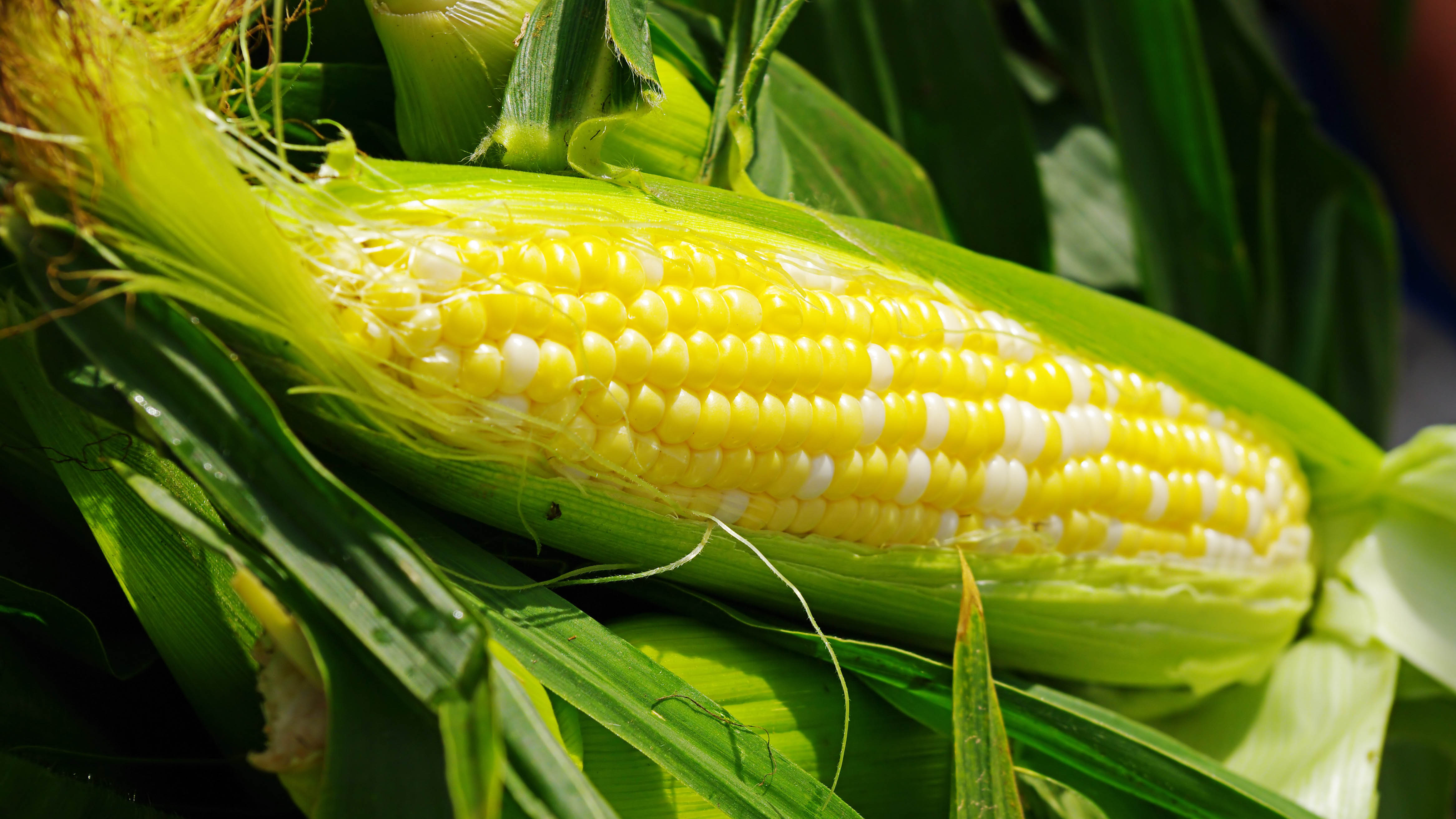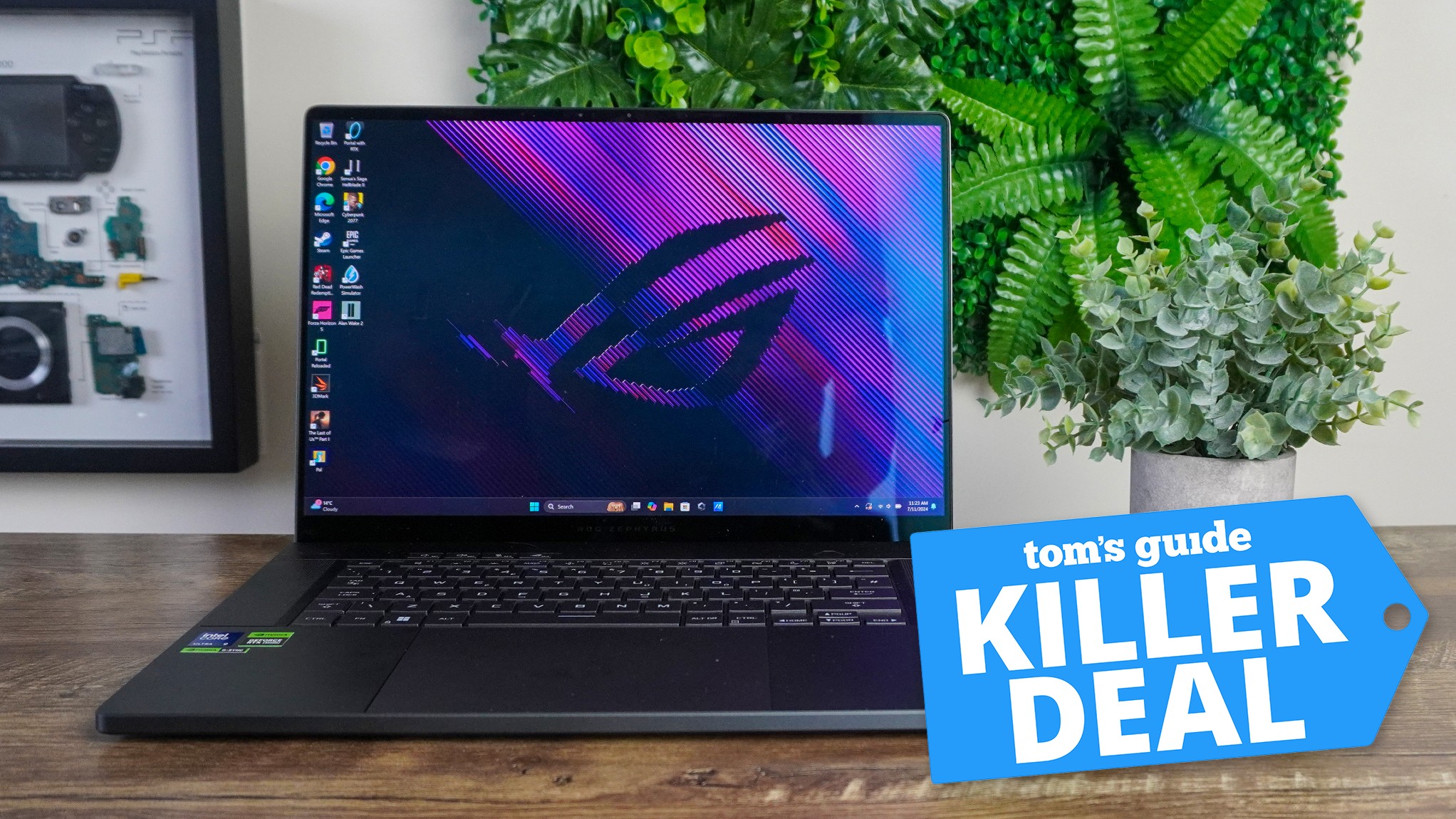7 vegetables to plant in July for optimum growth
It’s not too late to refresh your vegetable garden

Early summer is full of great produce, from fresh and juicy tomatoes to the earliest summer corn. Still, some say the best is yet to come. Different vegetables have different growing seasons, which means that when July rolls around there is a new crop of vegetables that thrive in the summer heat. By thinking ahead and planting these vegetables now, you set yourself up for several more months of delicious produce in late summer and early autumn. It’s just important to plant the crops that are suited to this temperature and environment, to ensure they grow healthily.
Depending on the USDA planting zone that you live in, different crops will be suitable to plant in July. This is because there is a considerable range in climate throughout the U.S., with the most northern reaches tending to reach cooler temperatures with greater rainfall, while the south is hotter and drier. However, the general growing season is shared between the different zones, with some beginning earlier or later than others. For the best results, be sure to familiarize yourself with which agricultural zone you live in, so that you can plant accordingly.
Here are 7 vegetables to plant in July and enjoy in a few weeks time.
1. Beans

Beans are a summer favorite, but their growing season extends through July. Green beans are often grown in batches, with a new plot planted every couple of weeks, so that the gardener can enjoy fresh beans throughout the summer. These plants love warm air and soil, so they can continue to thrive even in the warmer summer environment. Beans can be grown of the pole or bush variety and they enjoy moist, if not overly wet, soil. For best results, make sure there are nearby pollinator plants for the most effective harvest.
They’re also a great plant to have if you plan to continue growing vegetables through the autumn, as they help to replenish the nitrogen in the soil. The bean plants pull nitrogen from the air, store it in root nodules and then release the nutrients back into the soil once they die at the end of the season. This results in an enriched soil for the next crop that you plant, without the need for manual fertilization.
Planting zone: 3-8
2. Kale

You may be surprised to see kale on this list, as kale is a well-known fall and winter vegetable. However, to reap a good harvest later in the year, you’ll need to prepare in advance — which means planting in July. Kale can be planted at any point from mid-July to mid-August to ensure a bumper crop through the colder months. It is also one of the few vegetables that can be planted in Zone 9, which consists of some of the hottest areas of the country.
Sign up to get the BEST of Tom's Guide direct to your inbox.
Get instant access to breaking news, the hottest reviews, great deals and helpful tips.
Though the plant may enjoy cooler temperatures once it has matured, the earlier germination and growth period are better suited to warmer conditions. If you live in an area with a prolonged summer season, you may want to plant later in the month or in August to ensure that the temperatures have dropped by the time the kale is maturing.
If you do live in a very hot area, consider deploying shade cloths or planting in heavily shaded areas to reduce the risk of the plant dying early. One way to calculate the best time to plant is to look up your early frost dates and count back three months from there.
Planting zone: 3-9
3. Cucumbers

If you live in a cooler zone, then the main growing season for cucumbers may have past. However, anyone in a warmer area will still be able to enjoy cucumbers throughout the late summer if they plant another crop now in July.
There are several varieties to choose from, each with their different benefits. Pickling cucumbers grow the quickest, producing vegetables within 55 days, while vine cucumbers will grow quickly but require more space then bush varieties. Although, these vegetables need to be watered consistently in order to mature healthily — just think about the water content of a cucumber to understand why this is. However, with diligent irrigation, cucumbers are a reliable summer crop.
One of the benefits of growing cucumbers later in the season is that the cucumber pest season will mostly be over, especially in regards to cucumber beetles. However, this doesn’t mean they are entirely immune from threat. While most varieties will eventually require a trellis for optimum growth, early shoots can be covered with row covers to help protect the seedlings from other pests or rodents.
Planting zone: 3-8
4. Carrots

Carrots are another winter crowd-favorite that you can get started on now, but only if you live in cooler areas of the U.S. Anywhere above Zone 5 is going to be too warm for carrots in July, as the seedlings may end up scorched by mid-summer sun. There is also a more pleasant taste in carrots that have ripened in cooler, near-frost conditions, as hot weather can result in a less sweet and flavorful vegetable. If you are in Zones 3-5, then planting carrots in July will set you up to harvest your first crop in late September and early October, which is exactly when the weather starts to turn.
If you do need to keep them in the ground a little longer than intended, the great thing about carrots is that they should keep quite well in the soil until needed. As long as the maturation period took place in the right conditions, the finished vegetable should keep its flavor and texture for several days and even weeks underground, which makes this a pretty flexible and easy vegetable to grow.
Planting zone: 3-5
5. Broccoli

Broccoli is similar to the carrot in that it is a winter vegetable that can be planted now, although it is a little more forgiving when it comes to planting conditions. Zone 6 can get in on the action when it comes to broccoli, as this plant matures rapidly in the warmth of summer — as long as it doesn’t get too hot. Areas that are vulnerable to early frosts will benefit from this early maturation period, as it ensures that the plant is more established and less vulnerable should a bout of cold weather hit unexpectedly.
There are many different varieties of broccoli to choose from, with some species offering a single large head of broccoli and others offering several shoots that can be harvested individually over a longer period of time. Depending on how long your harvest season is, one may be a better fit than the other.
Remember that most broccoli plants won’t be fully ready for harvest until late autumn, sometimes into November. This means that you don’t want to plant too early if you live in a warmer climate, as the vegetable does better when it can reach maturity in cooler conditions. You want to plant when there are just a few weeks of summer left, so that the temperature dips as the young shoots establish themselves.
Planting zone: 3-6
6. Swiss Chard

Swiss chard enjoys a warmer growing environment, which means it’s a great choice if you live in one of the warmer zones of the country. In fact, these are generally quite hardy and easy plants to grow, as long as you water them consistently and harvest them on a regular basis. This means if you routinely cut away the greens, the plant will produce more leaves.
If you enjoy the baby green variety, then you can begin harvesting your swiss chard in as little as 25 days, so keep this crop in mind if you’re looking for something with a quick turnaround. For adult leaves, you’ll need to wait around 50-60 days.
Swiss chard can be grown and harvested late into the autumn, so don’t worry too much about when you plant. However, planting in July does have some benefits as the seeds respond more quickly and germinate faster when planted in warm soil. As this plant will continue to grow until the first frosts, there’s no reason not to get started now.
Planting zone: 5-10
7. Corn

One of the quintessential summer vegetables, it may seem strange that you can begin planting corn now — but the window is short. The last viable date to plant corn is the first week of July, so if you haven’t got your crop going yet then now is the time to make haste!
Make sure to pick an early maturing variety so that you can reap the most from your harvest, as other varieties won’t reach maturity in time before the temperature becomes inhospitable. The good news is that many varieties are quick-growing, to the extent that many gardeners will plant several successive crops throughout the growing season. Early July seedlings will produce ripe, delicious corn just in time for Labor Day, so don’t hesitate!
While living in a hotter zone can make summer a bad time to plant produce in general, it can actually be an advantage when it comes to corn. Anyone who lives in Zone 8 and above can use July to plant popcorn varietals, which take longer to mature than regular corn-on-the-cob, but they should still be able to beat the first frosts in these warmer environments.
Planting zone: 3-8
If you've left it too late this month to plant vegetables, here are 7 vegetables to plant in August for a luscious harvest of homegrown produce.
More from Tom's Guide
Madeleine Streets is a writer and content manager based in New York City. She covers an eclectic mix of lifestyle, technology, finance and health and has been published in Tom's Guide, Women's Wear Daily, SELF, Observer, Footwear News and others. Originally from London, Madeleine has a penchant for tea, baking and moody weather. When she’s not writing, you can find her exploring the city’s bookstores, hunting down new restaurants, fostering cats and cheering on Arsenal FC.

